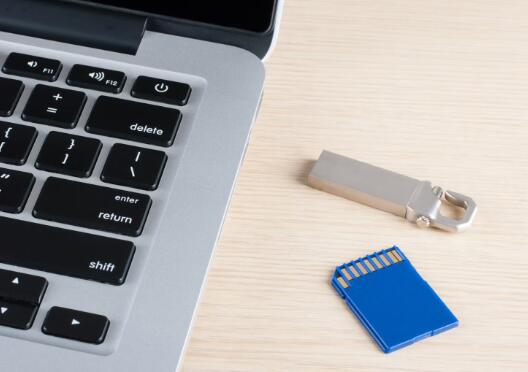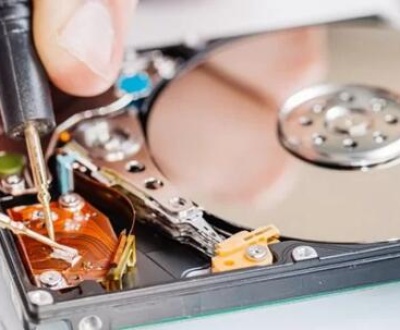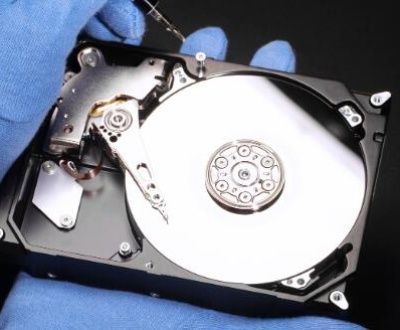These compact devices offer a convenient means to transport files, carry out portable applications, and execute data recovery tasks. However, the seamless functionality of USB flash drives is underpinned by a sophisticated interplay of hardware and software. At the heart of this interaction lies the driver an integral component that enables the operating system to recognize, communicate with, and manage these devices.
1. USB Flash Drives
To appreciate the role of drivers in detecting USB flash drives, it is crucial to first understand the device itself. A USB flash drive, also known as a thumb drive, pen drive, or memory stick, is a small, portable storage device that uses flash memory to store data. It connects to a computer via a Universal Serial Bus (USB) interface, which facilitates both power and data transfer.
The USB flash drive operates based on the principles of flash memory technology, which provides non-volatile storage that retains data even when the device is not powered. This feature makes USB flash drives ideal for storing and transferring files across different systems.

2. The Role of Drivers
Drivers are specialized software components that act as intermediaries between the operating system and hardware devices. For a USB flash drive to be detected and used by a computer, the appropriate driver must be installed and functioning correctly. Drivers translate the data and commands from the operating system into a format that the hardware device can understand and vice versa.
2.1. Driver Basics
Drivers are typically installed automatically by the operating system when a new device is connected. Modern operating systems like Windows, macOS, and Linux come with a range of pre-installed drivers for various hardware components, including USB flash drives. These generic drivers are often sufficient for basic operations. However, some devices may require specific drivers provided by the manufacturer to access advanced features or achieve optimal performance.
2.2. Device Detection Process
When a USB flash drive is connected to a computer, the operating system initiates a process to detect and identify the device. This process involves several steps:
Connection Detection: The operating system detects the physical connection of the USB flash drive through the USB port.
Device Enumeration: The USB controller enumerates the device, retrieving its unique identifier and other relevant information.
Driver Installation: The operating system searches for the appropriate driver to enable communication with the USB flash drive. If a suitable driver is found, it is installed or activated.
Device Initialization: Once the driver is in place, the USB flash drive is initialized, and its file system is mounted, making it accessible for file operations.
3. Types of Drivers for USB Flash Drives
Different types of drivers may be involved in the detection and operation of USB flash drives:
Standard USB Drivers: These drivers are included with the operating system and support basic functionality for most USB flash drives. They are designed to handle general data transfer and device management tasks.
Manufacturer-Specific Drivers: Some USB flash drives require proprietary drivers provided by the manufacturer. These drivers may offer additional features, such as encryption support or specialized software utilities.
Universal Drivers: Universal drivers are designed to work with a wide range of USB devices, including flash drives. They provide compatibility across different hardware and operating system versions.
4. Challenges and Considerations
While drivers are essential for the detection and functionality of USB flash drives, several challenges and considerations can impact their performance:
Driver Conflicts: Conflicts between different drivers or outdated drivers can cause detection issues or malfunctions. Ensuring that drivers are up-to-date and compatible with the operating system is crucial for smooth operation.
Security Concerns: USB flash drives are susceptible to malware and security threats. Proper driver management and security measures can help mitigate these risks.
Compatibility Issues: Different operating systems and hardware configurations may require specific drivers for optimal compatibility. Understanding these requirements can help address potential issues.
5. The Future of USB Flash Drive Drivers
As technology continues to evolve, so too will the drivers that support USB flash drives. Emerging standards, such as USB 4.0 and advancements in flash memory technology, will shape the development of future drivers. Additionally, trends in cybersecurity and data management will influence the features and functionality of drivers.
They serve as the bridge between the hardware device and the operating system, enabling seamless communication and functionality. Understanding the various types of drivers, their installation process, and potential challenges is essential for ensuring the optimal performance of USB flash drives. As technology progresses, the evolution of drivers will continue to enhance the capabilities and security of these indispensable devices.
About us and this blog
Panda Assistant is built on the latest data recovery algorithms, ensuring that no file is too damaged, too lost, or too corrupted to be recovered.
Request a free quote
We believe that data recovery shouldn’t be a daunting task. That’s why we’ve designed Panda Assistant to be as easy to use as it is powerful. With a few clicks, you can initiate a scan, preview recoverable files, and restore your data all within a matter of minutes.
Subscribe to our newsletter!
More from our blog
See all postsRecent Posts
- Data recovery salt lake city utah 2025-04-18
- Data recovery sacramento 2025-04-18
- Data recovery miami 2025-04-18

 Try lt Free
Try lt Free Recovery success rate of up to
Recovery success rate of up to









